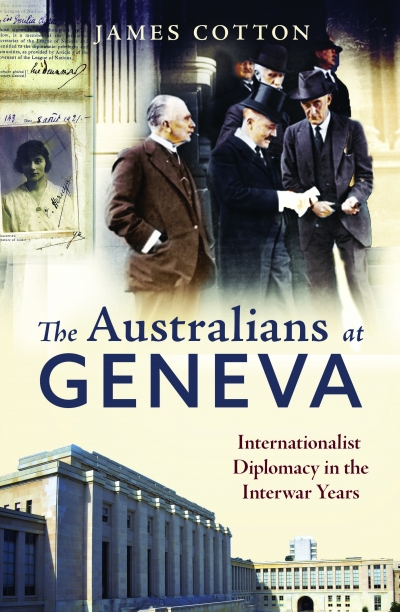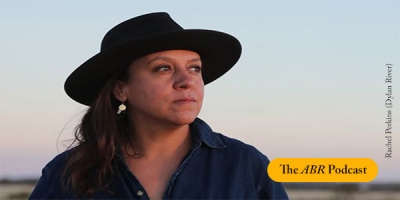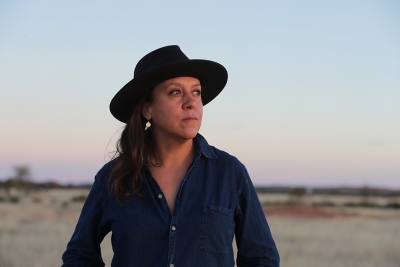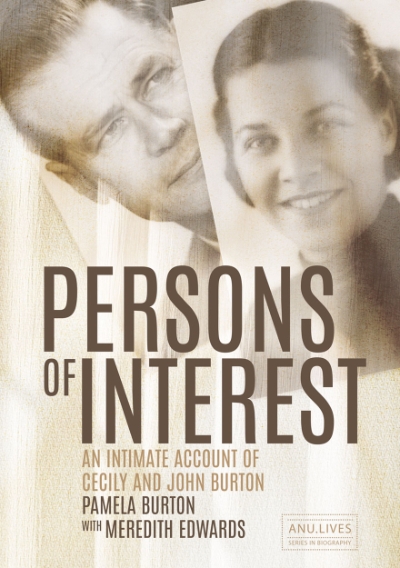Australian History
The Australians at Geneva: Internationalist diplomacy in the interwar years by James Cotton
In October 2022, the United Nations announced that its Total Digital Access to the League of Nations Archives Project (LONTAD) was complete. For the past five years, archivists in Geneva have been preserving, scanning, and cataloguing more than fourteen million pages of historical documents, making them accessible to researchers around the world. Harnessing a technology that people a century ago could hardly imagine, this project has extended the League of Nations’ foundational values of sharing knowledge and cooperating across borders into the twenty-first century.
... (read more)In this week’s ABR podcast, Amanda Laugesen asks what the word ‘bogan’ says about Australian culture and society. Laugesen, who is Chief Editor of The Australian National Dictionary, explains the history of the word and its derivatives, including boganity. Listen to Amanda Laugesen’s reading ‘On Boganism’, which appears in the November 2022 issue of ABR.
... (read more)This week’s ABR Podcast features Anne Rutherford’s review of the new SBS miniseries The Australian Wars, published in the November issue of ABR. Directed by Arrernte and Kalkadoon woman Rachel Perkins, the series is an attempt to recast Australian frontier conflict by posing new questions. Echoing Perkins, Rutherford asks: ‘Why is the extreme violence of the frontier not recognised as war?’ and ‘Why is the death of an estimated 100,000 people on the frontier, both black and white, not acknowledged and memorialised?’ Listen to the ABR Podcast here.
... (read more)Frontier Conflict: The Australian experience edited by Bain Attwood and S.G. Foster
How violent was the Australian frontier? At the moment, this is the biggest debate in Australian history. As most would know, the question has gained national attention largely through the efforts of Keith Windschuttle who, in four Quadrant articles in 2000 and 2001, argued, among other things, that historians had inflated the numbers of Aborigines killed on the Australian frontier and that the National Museum of Australia’s ‘Contested Frontiers’ exhibit contained factual errors. In December 2001 the National Museum organised a conference that brought together Windschuttle and many of the historians he had criticised. This book results from that conference and provides a useful introduction to the debate.
... (read more)Emperors in Lilliput: Clem Christesen of Meanjin and Stephen Murray-Smith of Overland by Jim Davidson
‘In Sydney if you have something to say you hold a party; in Melbourne you start a journal,’ quipped the poet and critic Vincent Buckley in 1962. Buckley was an acute, astringent observer of the literary culture of the two cities. An outsider in both, he recognised Melbourne’s characteristic voice – ‘earnest, do-gooding, voluble’ – in the leftish humanism of its leading literary journals, Clem Christesen’s Meanjin and Stephen Murray-Smith’s Overland. Not for Melbourne the anarchic frenzies of the Bulletin, the Sydney Push and Oz. While Sydney had the best poets, Buckley contended that the southern capital had the most influential opinion makers.
... (read more)The War Game: Australian war leadership from Gallipoli to Iraq' by by David Horner
At first sight, the title of David Horner’s new book, The War Game, is an uncharacteristically flippant reference by a serious historian to a deadly serious business. Horner has taken the term from writers such as Jonathan Swift and Horace Walpole, who saw war being treated as a game in the seventeenth and eighteenth centuries. The carnage of the industrial-scale wars of the twentieth century, with their current reverberations in Ukraine, makes the phrase seem almost offensive, as does the frightening prospect of a full-scale war between the United States and China over Taiwan.
... (read more)At a pivotal moment in the new SBS miniseries The Australian Wars, director and presenter Rachel Perkins takes us to a place she says is ‘etched in the memory of my family. A place called Blackfellas Bones.’ Perkins turns to talk directly to camera: ‘You know, we turn away from things that we don’t want to see. We all do it. And I admit that I actually didn’t really want to make this documentary series because I knew that I’d have to spend years going through the horror of it. But … making this film has led me to this place … a place where many members of my family were killed. But my great grandmother survived to tell the story.’
... (read more)Why do publishers do this? The cover of this book screams that the Cowra breakout is an ‘untold’ story, and ‘the missing piece of Australia’s World War II history’. Neither claim is remotely true, as the author himself acknowledges. Once we get past the sensationalist cover and into the text, Mat McLachlan notes that the story of the Cowra breakout has been told several times before, and well: he even salutes Harry Gordon’s Die Like the Carp!, first published in 1978, as the ‘definitive’ account. So this is hardly the missing piece of an Australian military history jigsaw. Another stretch is the suggestion in the shoutline that the breakout was a conventional military ‘battle’.
... (read more)Persons of Interest: An intimate account of Cecily and John Burton by Pamela Burton with Meredith Edwards
Persons of Interest does not fit readily into any familiar genre. It crosses the borders of biography, psychology, Cold War history, and family studies. When Pamela Burton and her sister Meredith Edwards decided to write a book about their parents, they realised that different readerships would be attracted to different parts. Who would be interested in a book about the marriage, and the post-divorce lives, of a man who had been a central figure in public controversies many decades ago and a sensitive, introspective woman who was little known to the public but for whom their daughters felt far greater sympathy? By crossing those borders with what their prologue calls ‘a unique, intimate and candid account of our parents’ complexities and interweaving relationships’, they have written a book that will be ‘of interest’ to many readers, no matter what their usual focus.
... (read more)It has a brave title, John Rickard’s Australia: A cultural history, for that adjective ‘cultural’ raises expectations difficult to meet. ‘Culture’, as Raymond Williams has explained, ‘is one of the two or three most complicated words in the English language.’ After reading the book I cannot help wondering whether the substitution of the word ‘social’ would have made for a more accurate subtitle. For what Rickard has given us is an impressive synopsis of recent research and inherited wisdom about the nature of Australian society. It will be a welcome addition to university and college reading lists on Australian history, but it is not, I believe, at the most fundamental level, ‘a cultural history’.
... (read more)









